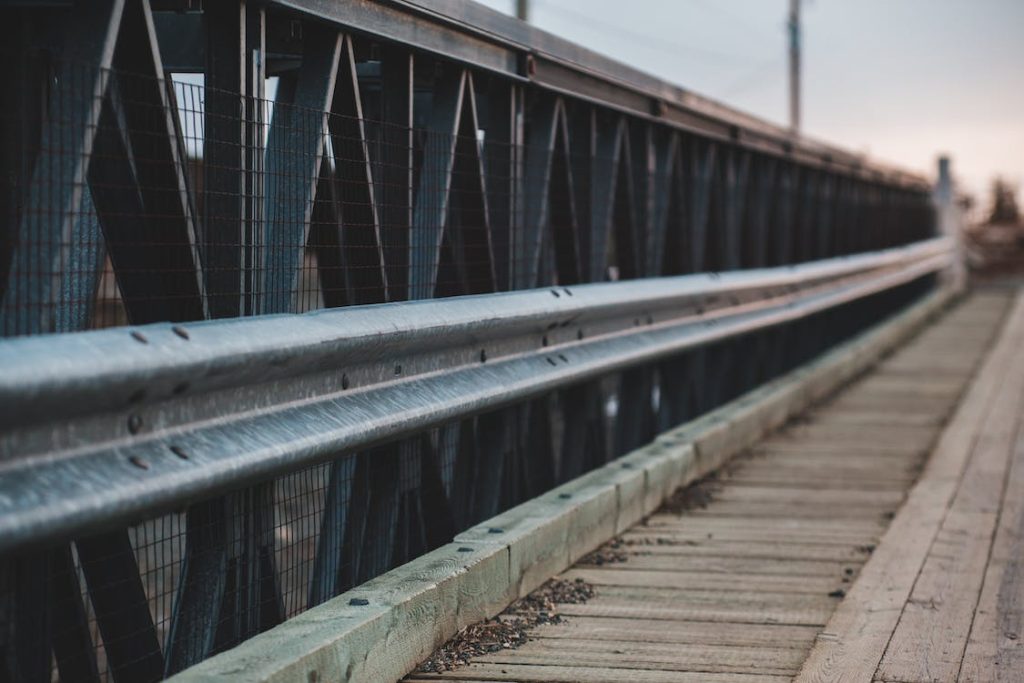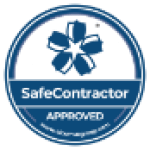How We Make Steel Barriers for Roadside Safety

Did you know that steel barriers have multiple uses, beyond just being a protective obstacle for vehicles on the road? In fact, these barriers can be used in many different settings, including for roadside safety, crowd control and industrial workplaces. Not only do they limit crash damages, but they can also keep traffic flowing smoothly while ensuring the safety of both vehicles and pedestrians. According to the Labour Force Survey, 565,000 working people sustained an injury at work in 2021/22 and the UK Government estimate that 27,450 people were killed or seriously injured on the roads in the same time frame. At C&C Fabrications, we believe that the use of steel barriers can play a vital role in reducing these numbers.
Creation and Implementation of Steel Barriers for Roadside Safety
- When designing a steel barrier, our priority is to ensure that it meets the specific requirements of each and every client. Our team of experts will work closely with you to create a design that best suits your needs. Once the design is approved the project is then handed to the fabrication team, who begin to bring your vision to life. Our fabrication team are highly skilled technicians who have years of experience in the field, ensuring that your barriers are of the highest quality.
- The choice of material is a vital factor in creating the barrier to suit your specific needs. Our experts will take into consideration the environment that the steel barrier will be used in and the intended purpose. Carbon steel is the most commonly used material in the creation of barriers, owing to its strength, durability, and capacity to resist heavy impact. However, we sometimes use other types of steel such as stainless steel or mild steel, depending on the specific requirements of our clients.
- The fabrication of the steel then takes place then takes place through different methods such as cutting and bending to create the desired shape of the barrier. Our team use the high-quality equipment to ensure that the fabrication process is as efficient as possible. With attention to detail, our team ensure that every part is created to the specification required.
- Once the parts have been fabricated, they are assembled. The assembly process involves welding, gluing, or slotting the parts together to create a robust and sturdy barrier.
- Depending on the requirements of the project, they may then be treated through processes such as powder coating. This not only enhances the aesthetics of a barrier, but also increases its strength and durability.
- The barrier will then be ready for the customer and can be bolted in place, ensuring that it is secure and ready for use.
At C&C Fabrications, we are dedicated to providing our customers with the highest quality steel barriers to meet your specific requirements.
Contact us today to discuss your steel barrier needs.



